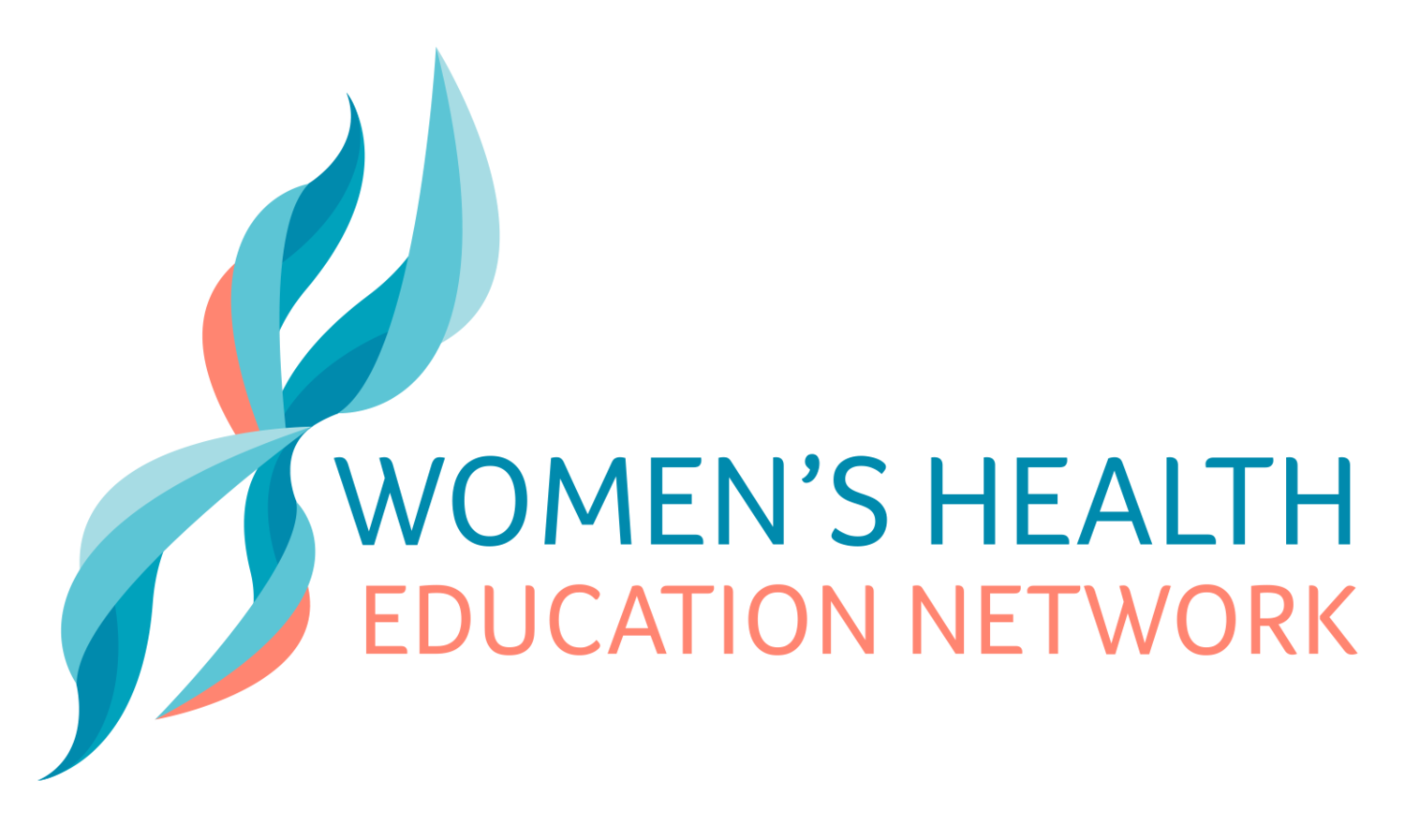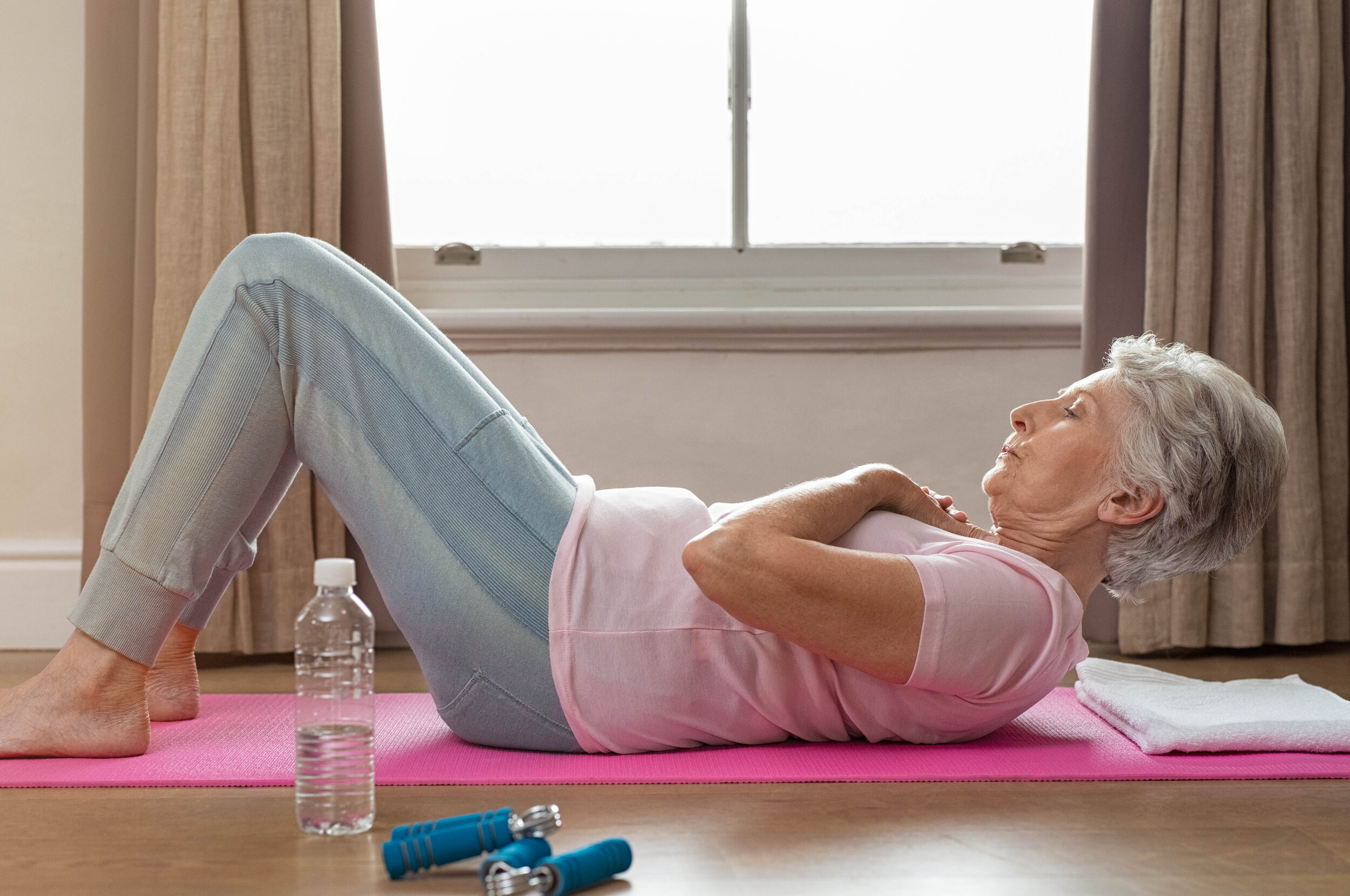Diastasis During Pregnancy
The amount of pressure placed on your abdominal muscles during this time leads to a thinning, or in some cases a separation of your stomach muscles resulting in a diastasis.
Exercise and Diastasis
Most women will experience a diastasis (separation of the tummy muscles) during pregnancy and afterwards too! Peta Titter RN and Dr Rhea Psereckis have some great info about exercising when you have a diastasis.
Running With A Stroller
Join Peta Titter RN and Dr Rhea Psereckis as they discuss when it is safe to begin running with a stroller.
When To Return To Exercise After Pregnancy
You’ve spent over nine months growing a human, there is no quick fix to getting your prenatal body back. Everyone’s body is different, Join Peta Titter RN and Dr Rhea Psereckis as they discuss safely returning to exercise after pregnancy.
Exercise and Your Postnatal Pelvis
The pelvic skeleton is actually made up of several bones. It is formed by the sacrum and the coccyx at the back and a pair of hip bones on the sides consisting of 3 sections each: the ilium, ischium and pubis. The hip bones and the sacrum at the back are joined together on each side by a fairly immobile joint known as the sacroiliac joint. At the front, your 2 hip bones join together at the pubic symphysis, which is made up of cartilage and ligaments.
During pregnancy these joints and ligaments (along with all the others in your body!) have more mobility due to associated hormonal changes. This is to enable the pelvis to be more flexible, so as to allow the baby to descend through the birth canal. After giving birth, your pelvis will take some time to regain its original strength and stability. Even if you have had a cesarean section your body will have experienced the same hormonal influences during pregnancy with the same changes to your pelvis, to accommodate the growing baby and uterus.
Diastasis of the Rectus Abdominus Muscles (DRAM)
Diastasis of the rectus abdominus muscles (DRAM) is the separation of the ‘six-pack muscles’ (rectus abdominus). It is particularly prevalent during and after pregnancy and can also occur after abdominal surgery. Some men and postmenopausal women can also develop DRAM for reasons outside of pregnancy.
The deep gap running down the centre of a ‘toned’ stomach may or may not indicate a toned, healthy tummy, and instead may be various forms of diastasis. Intra-abdominal pressure applied to this midline muscle – called the linea alba – causes the widening space between the rectus muscles, or the abs, as the linea alba itself thins and widens. This also causes a protrusion of this muscle.
Learning about Diastasis
For those of you who have not heard of a DRAM (diastasis recti of the abdominal muscles), it’s a separation of the ‘six pack muscles’ (rectus abdominus). It has been reported the incidence of diastasis in pregnancy to be as high as 66-100% in the third trimester, with a diastasis persisting in up to 53% of women after delivery! (Benjamin, van de Water & Peiris 2014)
If you flip open a magazine ad you will see that many of the ‘fit mummies’ and even women who have never had a baby feature a prominent DRAM. This weakness puts them at risk of back pain and pelvic instability. How sad is it that the bodies our culture holds up for us to admire and aspire to are too often damaged and compromised!
Can my feet change size?
It has been found that foot length and width can increase due to pregnancy and also that your foot arch can drop by up to 1cm!
This has been attributed to an altered gait pattern (the way you walk). So when you are pregnant look after your feet!
Give them support, if you have to wear thongs there are whole heap of new thongs around with arch support. Do foot exercises to wake up those little muscles in your feet so your arches get a little extra support.
Moving Beyond Menopause
Menopause gets painted with a pretty dirty brush. Hot flushes, mood changes, vaginal dryness, weight gain, pelvic floor dysfunction and incontinence, joint pain, muscle weakness, sleep disturbance, loss of libido. So what to do? Is there a safe path through the mess that can be perimenopause?
Menopause has a known and generally negative impact on overall muscle and bone health. It is associated with osteoporosis (bones become weaker and brittle), osteoarthritis (degeneration of joints leading to pain, inflammation and stiffness) and sarcopenia (think muscle wasting or thinning and loss of muscle function. Sarcopenia can happen regardless of your weight or size too. All of these issues are contributed to by the primary driver of menopause – loss of the hormone oestrogen. Poor musculoskeletal health can progress to frailty and an increased risk of falls and fractures which in turn is associated with increased risk of death and other disease.
Ageing and Thriving - Exercise for over 70s
Different stages of life create different routines. Sadly, as we age, dedicated time for exercising seems to disappear from that routine. However, if you or someone you love is 70+ years old and wants to start exercising, they can!
Whether you start today or in 30 years, exercising will ALWAYS be beneficial for your mental and physical wellbeing, inside and out!
Exercise and Dementia Prevention
It is now well accepted that ageing, genetic, medical and lifestyle factors all contribute to the risk of dementia in our population. Whilst some people are more at risk than others, everyone has the ability to ensure their long term physical and mental health.
It is reported that around a third of dementia cases can be linked to risk factors such as physical inactivity, smoking, and high blood pressure. All of these factors can be avoided if you take responsibility for your health and wellbeing.
The best type of exercise to prevent bone loss? WHEN Q&A
The best type of exercise to prevent bone loss? Short Answer: A combination of progressive resistance training, weight-bearing exercises and balance/mobility training. To improve or maintain bone health, exercise is integral to slowing this decline! Activities that create a ‘loading’ effect on the bone stimulate extra deposits of calcium and nudge bone-forming cells into action. Relatively few loading cycles or repetitions are needed - short bouts separated by periods of rest are most effective. The result is stronger and denser bones!
Exercise Post Heart Attack
Along with managing lots of other lifestyle factors, exercise should form a part of your ongoing treatment when you leave hospital. Most people will hopefully begin a cardiac rehabilitation program before or soon after leaving hospital.
It is important to talk to your doctor or cardiac rehabilitation team about when you can start different activities again and how to pace your program.
Exercise and Wound Healing
Comprehensive wound management considers a broad range of factors from wound type and size, other medical conditions and lifestyle factors, dressings or compression used, and elevation of the wound as needed.
However, adding gentle mobilisation and exercise alongside these considerations can make a difference to acute wound healing, especially in older people.
Once you have got the all clear from your health provider, structured return to exercise can help build strength and improve balance and mobility. All of which help to decrease the chance of falls in the future.
Osteoarthritis and Exercise
Osteoarthritis is a chronic, degenerative joint condition that predominantly affects the knees, hips, spine and feet. It is the most common form of arthritis affecting 1 in every 11 Australians, and it is more common in women than men. Whilst it can develop at any age, it mostly occurs in people aged over 40 years or those who have had previous joint injuries. Symptoms of osteoarthritis can be severe and have a significant impact on daily function and overall well- being.
Cardiac Disease and Exercise
If you have a heart condition it is always important to consult your Cardiologist or General Practitioner before undertaking a new physical activity routine. The important thing to remember is that any physical activity is generally better than none and in most circumstances it is more beneficial to remain physically active than not.
If you have had medical advice regarding your capacity to be active that should provide a good guide about what you can be working toward. You may need some specialist advice to accommodate your individual requirements and your GP or cardiologist may advise you to see an Exercise Physiologist or a Physiotherapist.
The Heart Foundation of Australia (www.heartfoundation.org.au) website provides information on the benefits and general guidelines of physical activity for your heart and overall health.
















